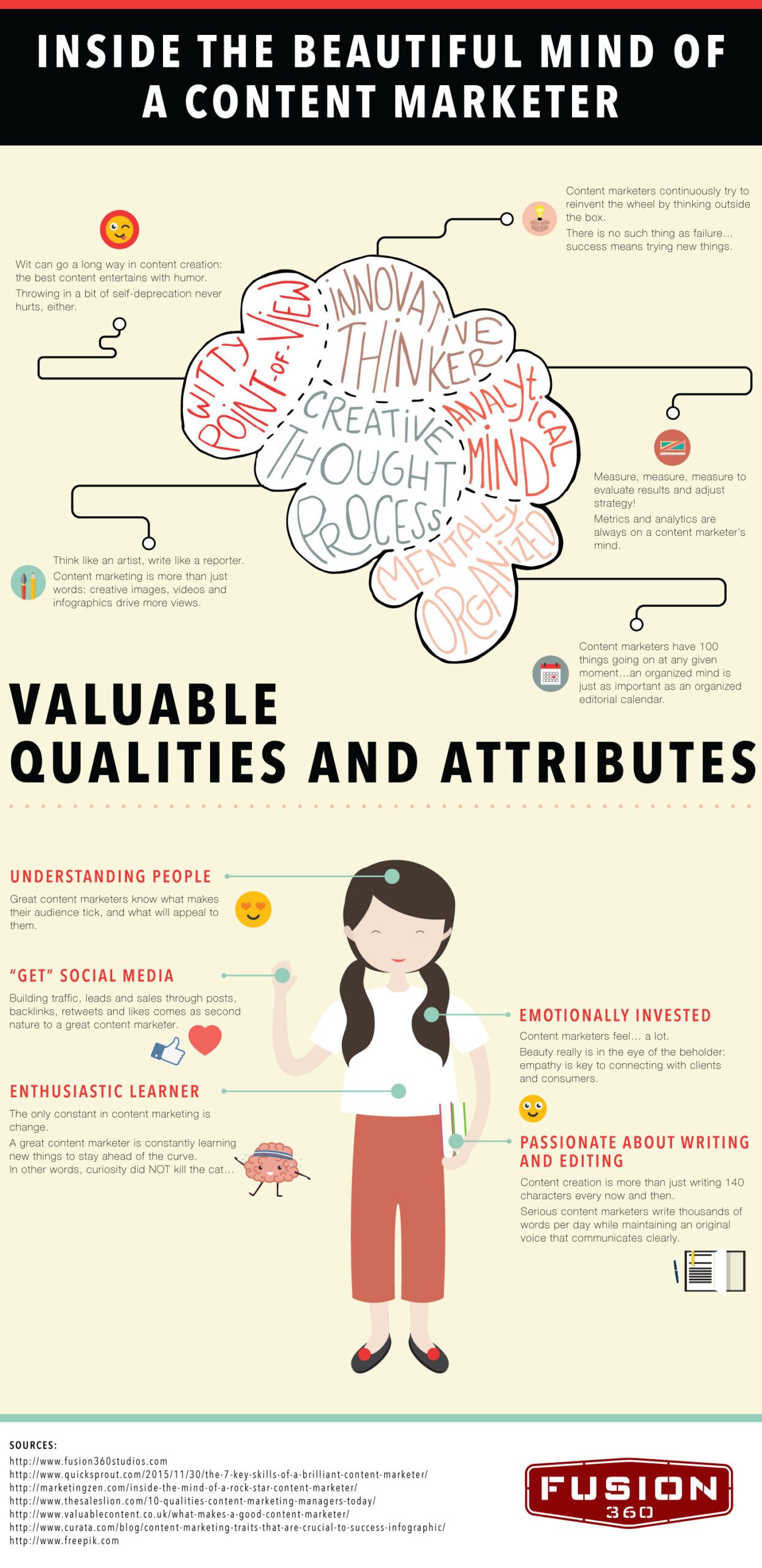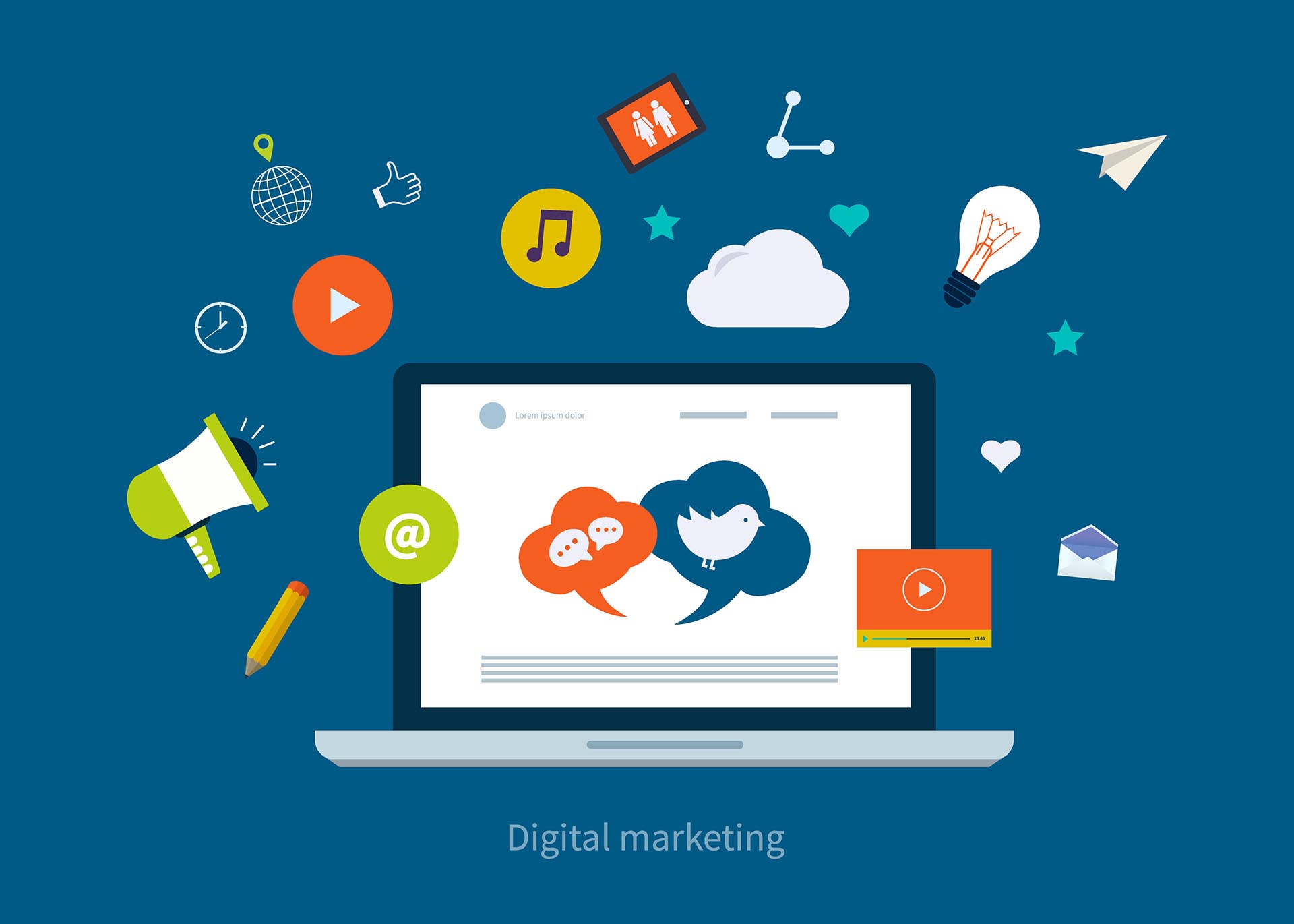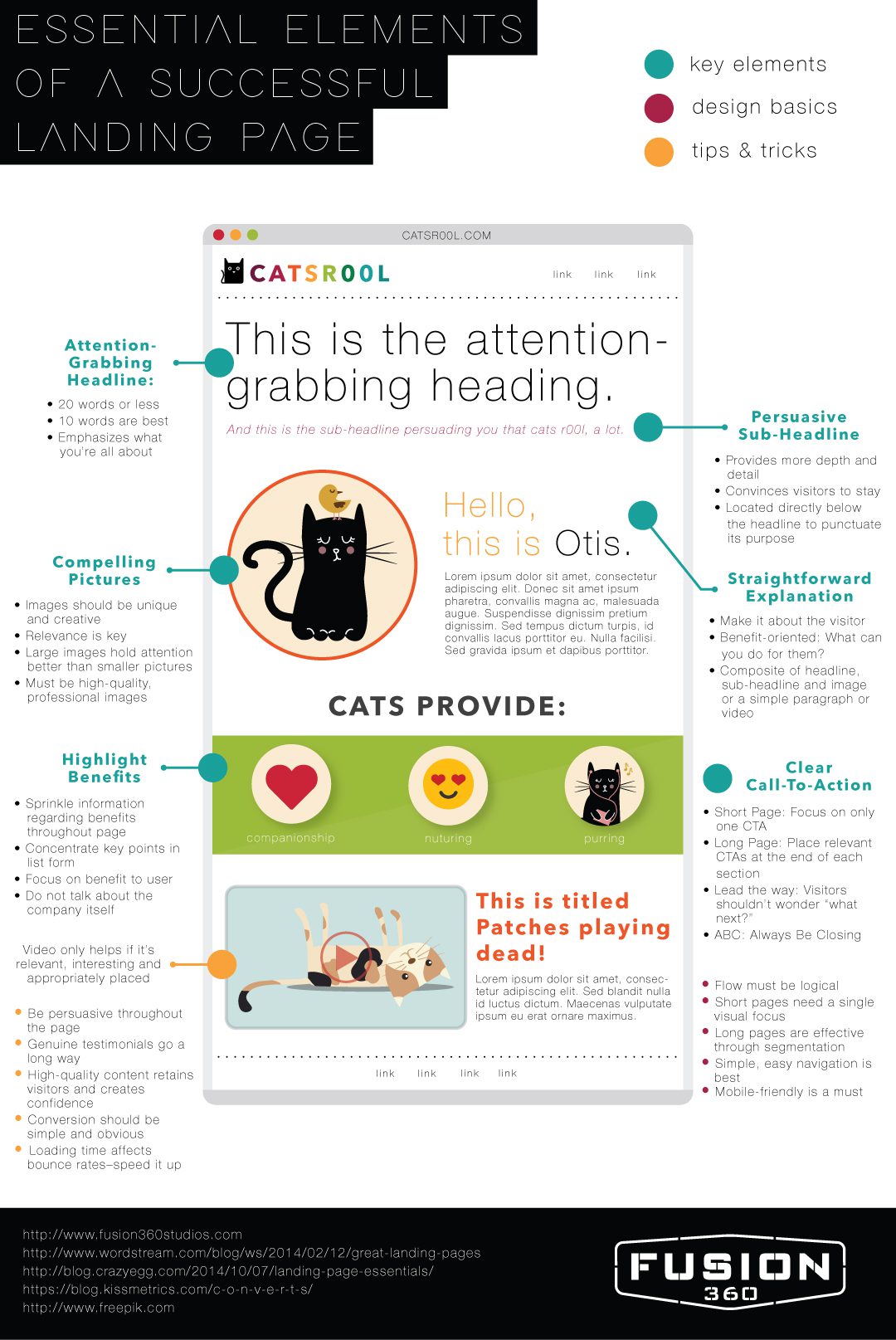
Much like the rest of the Internet, content marketing is an ever-changing field. As Google search guidelines and consumer online behaviors evolve, content marketers from the Midwest to Utah need to stay on their toes in order to keep consumers engaged.
You’d think any content marketer worth her salt would understand this. Nonetheless, we’re always surprised by how many marketers are still holding on to old strategies — strategies that have long been obsolete.
Focusing Only on Short-Form Content
While short-form content makes it easy to crank out a large quantity of pieces, Google search criteria no longer value short-form pieces as well as longer ones. Long-form pieces tend to rank higher than short-form ones — and there’s simply no substitute for comprehensive, detailed content that both informs and educates your users.
Keyword Stuffing
Back in the day, content marketing was all about the keywords. Companies from the East Coast to Utah could stuff their content full of keywords and expect it to rank highly — no matter the quality of the content.
Nowadays, Google and most other search engines actively penalize websites for this; instead of just focusing on the keywords, put more effort into crafting a quality piece, and use keywords where it makes sense to do so.
Using Meta Descriptions
Meta descriptions used to be a great place to stuff in some more keywords and boost your search rankings. Now, however, meta descriptions have no impact whatsoever on SEO. It doesn’t matter if you use keywords or not; just don’t bother with meta descriptions.
Writing for Anyone & Everyone
We understand that companies generally want their content to resonate with as many viewers as possible, however that approach may actually be hurting your content marketing strategy instead of helping. Determine who your target audience is, then write your content explicitly for that audience. No matter how good you think your content is, it will be of little use if your target audience does not agree.
Bonus: Don’t Forget About Video!
While you can’t go wrong with written content, video is truly the next big thing. For content marketers in Utah and around the world, video brings in unprecedented levels of engagement — so get behind that camera and start filming.
















